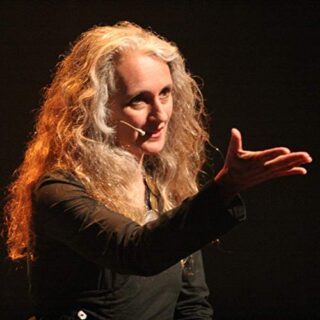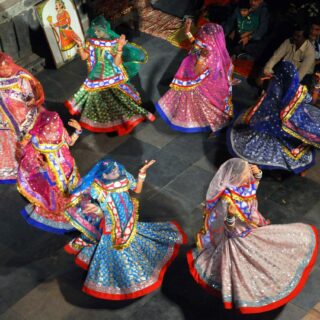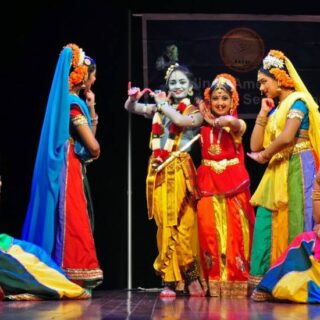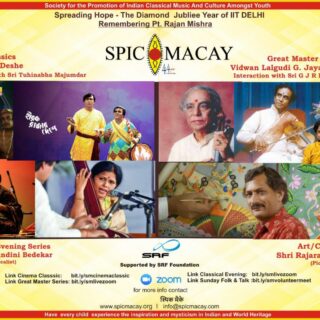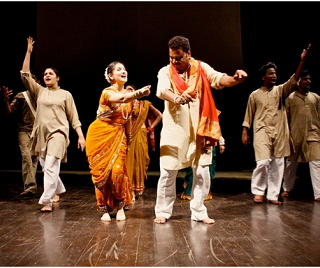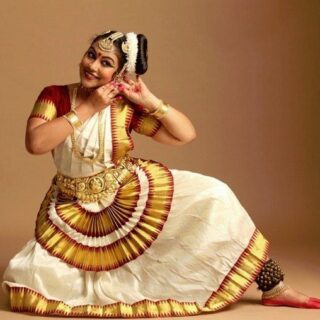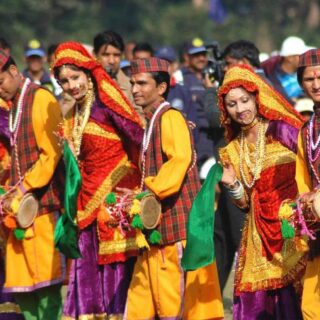Resonances of the Past – a review by Manohar Khushalani
Ruth is best known for her pioneering work integrating sacred texts into contemporary voice/body theatre. Her pioneering approach to the transcendental aspect of voice is founded solidly in sacred cantorial Jewish traditions. In Mirror Sky in a backdrop of dimly lit scenes Ruth, swirling, moaning, producing gutrral sound explains the origin of her techniques:



